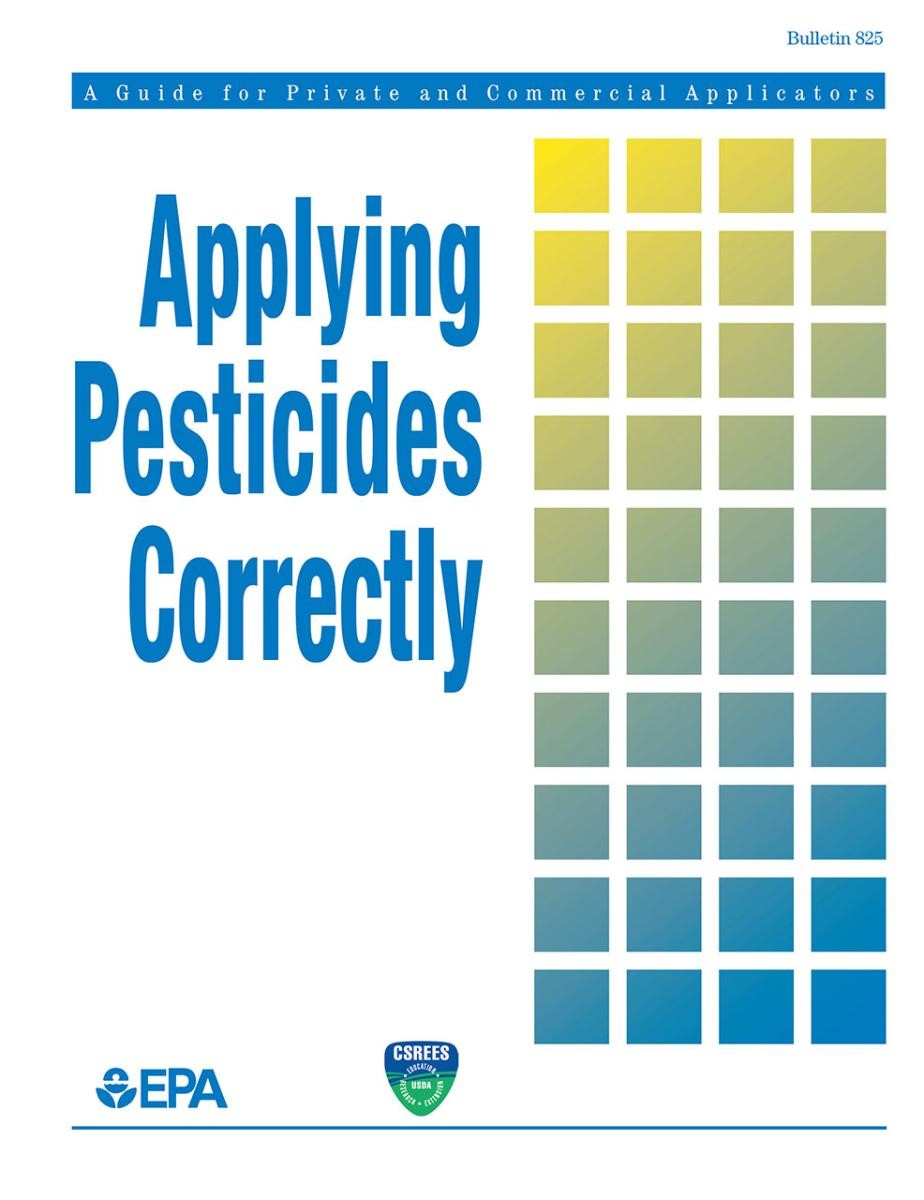Preparing for a certification exam can be daunting. The key to success lies in focused preparation using reliable study materials. This guide provides information on accessing and utilizing effective study resources, specifically highlighting the benefits of A Certification Study Guide Pdf.
The availability of study materials is often determined by the specific certification you are pursuing. In Ohio, for example, those seeking a commercial pesticide applicator license must pass the Core exam and at least one category exam, submit an application, and pay the license fee. Study guides are available to help applicants prepare for these exams. The Ohio Department of Agriculture’s Pesticide & Fertilizer Regulation Section (614-728-6987) can provide additional information, while the Ohio State University Extension Pesticide Safety Education Program (614-292-4070 or pested.osu.edu) offers optional training courses. Exam registration and recertification information can be found at agri.ohio.gov/divisions/plant-health/pesticides.
Study materials can often be found through local Ohio State University Extension offices and online at extensionpubs.osu.edu.
Why Choose a Certification Study Guide PDF?
A certification study guide PDF offers several advantages over traditional printed materials:
- Accessibility: PDFs can be accessed on various devices, including laptops, tablets, and smartphones, allowing you to study anytime, anywhere.
- Portability: No need to carry heavy books; a PDF study guide fits conveniently on your device.
- Searchability: Easily find specific information using the search function.
- Cost-Effectiveness: PDFs are often more affordable than printed books.
- Eco-Friendly: Reduces paper consumption.
Key Components of an Effective Study Guide
A high-quality certification study guide PDF should include the following:
- Comprehensive Coverage: Covers all essential topics and concepts outlined in the exam syllabus.
- Clear and Concise Language: Presents information in an easy-to-understand manner.
- Practice Questions and Answers: Includes ample practice questions to test your knowledge and identify areas for improvement.
- Detailed Explanations: Provides detailed explanations for both correct and incorrect answers.
- Up-to-Date Information: Reflects the latest industry standards and regulations.
- Visual Aids: Incorporates diagrams, charts, and illustrations to enhance understanding.
Exploring Specific Certification Categories
The following are examples of certification categories and related study materials, often available in PDF format:
Core Manual: Essential for all commercial pesticide applicators, covering proper pesticide use, pest identification, and pesticide label reading. Includes safety information, environmental considerations, and emergency response protocols.
Core Manual Bundle. | PDF
Category 1—Aerial Applicator: Focuses on pesticide application by aircraft, adhering to standards set by the National Association of State Departments of Agriculture Research Foundation (NASDARF).
Category 1—Aerial Applicator’s Manual. | PDF
Category 2a—Agronomic Pest Control: Focuses on pesticide application to agronomic crops for non-weed pests.
Category 2a—A Study Guide for Commercial Agronomic Pest Control Applicators. | PDF
Category 2c—Agricultural Weed Control: Concentrates on controlling weeds in agronomic and horticultural crops.
Category 2c—2023 Ohio, Indiana, Illinois, and Missouri Weed Control Guide. | PDF
Category 2d—Seed Treatment: Covers pesticide application to seeds for insect and disease control.
Category 2d—Seed Treatment: A Study Guide for Commercial Applicators. | PDF
Category 2f—Soil Fumigation: Focuses on fumigant application for soil pest control, following NASDARF guidelines.
Category 2f—Soil Fumigation Manual. | PDF
Category 5—Industrial Vegetation Control: Covers pesticide application on nonagricultural lands for unwanted vegetation control, with permission to make Category 6c applications.
Category 5—Ohio Pesticide Applicator Training: A Study Guide for Commercial Industrial Vegetation Applicators. | PDF
Category 6a—Ornamental Pest Control: Targets insect and disease control on exterior ornamental plants and weed control in ornamental areas, also permitted to make Category 6c applications.
Category 6a—A Study Guide for Commercial Ornamental Applicators. | PDF
Category 7—Vertebrate Pest Management: Focuses on controlling pest birds and other vertebrates, excluding fumigants.
Category 8—Turf Pest Control: Centers on pesticide application to lawns and turf for pest control, excluding vertebrates, and allows Category 6c applications.
Category 8—A Study Guide for Commercial Turfgrass Applicators. | PDF
Category 10a—General Pest Control: Deals with general commercial pesticide application in and around structures for pest control, including a color supplement, and allows limited turf applications.
Category 10a—General Pest Control (Includes Color Supplement): A Study Guide for Commercial Applicators. | PDF
Category 10d—Mosquito, House Fly, and Vector Control: Covers outdoor pesticide application for invertebrate pests that threaten public health, excluding uses covered by Category 7.
Category 10d—Mosquito, House Fly, and Vector Control Study Guide: A Study Guide for Commercial Applicators. | PDF
Agricultural Fertilizer Applicator Certification: Focuses on fertilizer application to agricultural land, serving as a study guide for exam preparation.
Training Manual: Ohio Agricultural Fertilizer Applicator Certification. | PDF
Maximizing Your Study Guide PDF
To make the most of your certification study guide PDF:
- Create a Study Schedule: Allocate specific time slots for studying.
- Read Actively: Highlight key concepts and take notes.
- Practice Regularly: Answer practice questions and review explanations.
- Seek Clarification: If you don’t understand something, ask a qualified instructor or consult additional resources.
- Stay Consistent: Stick to your study schedule and avoid procrastination.
Conclusion
A well-structured certification study guide PDF is an invaluable tool for exam preparation. By selecting a comprehensive and up-to-date guide and utilizing effective study strategies, you can significantly increase your chances of success. Remember to check with relevant organizations and websites for the most current information and resources available for your specific certification.
